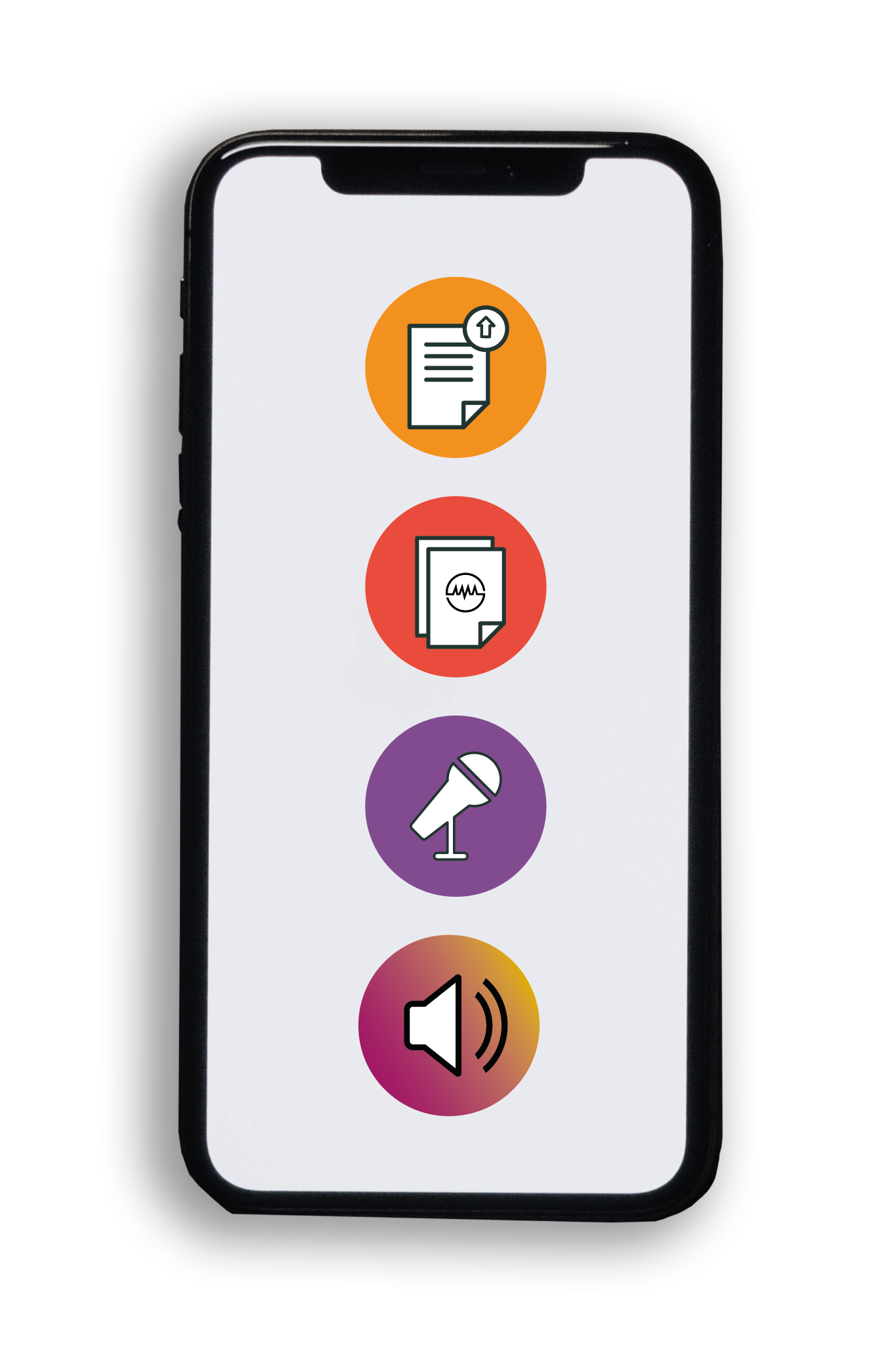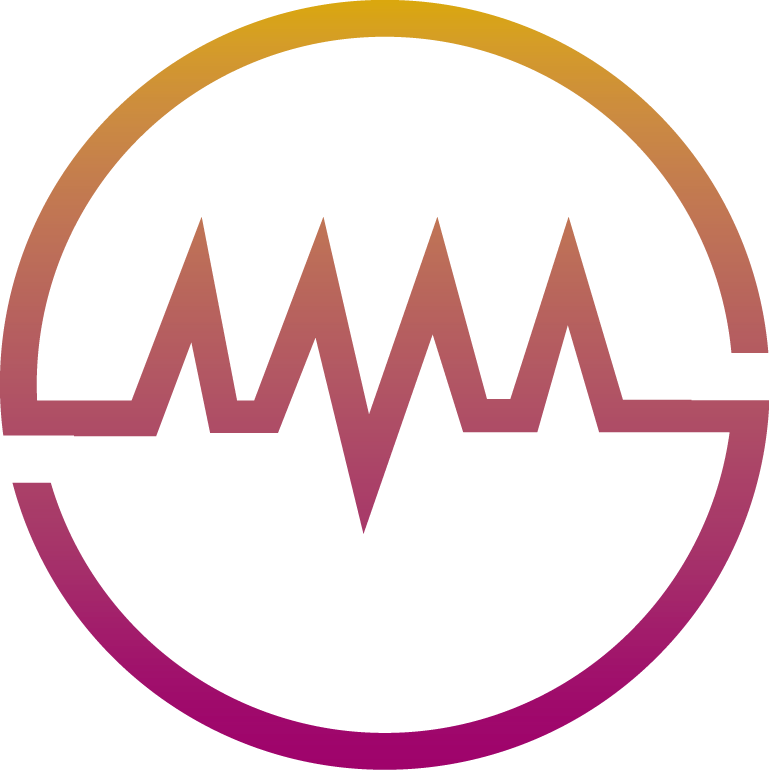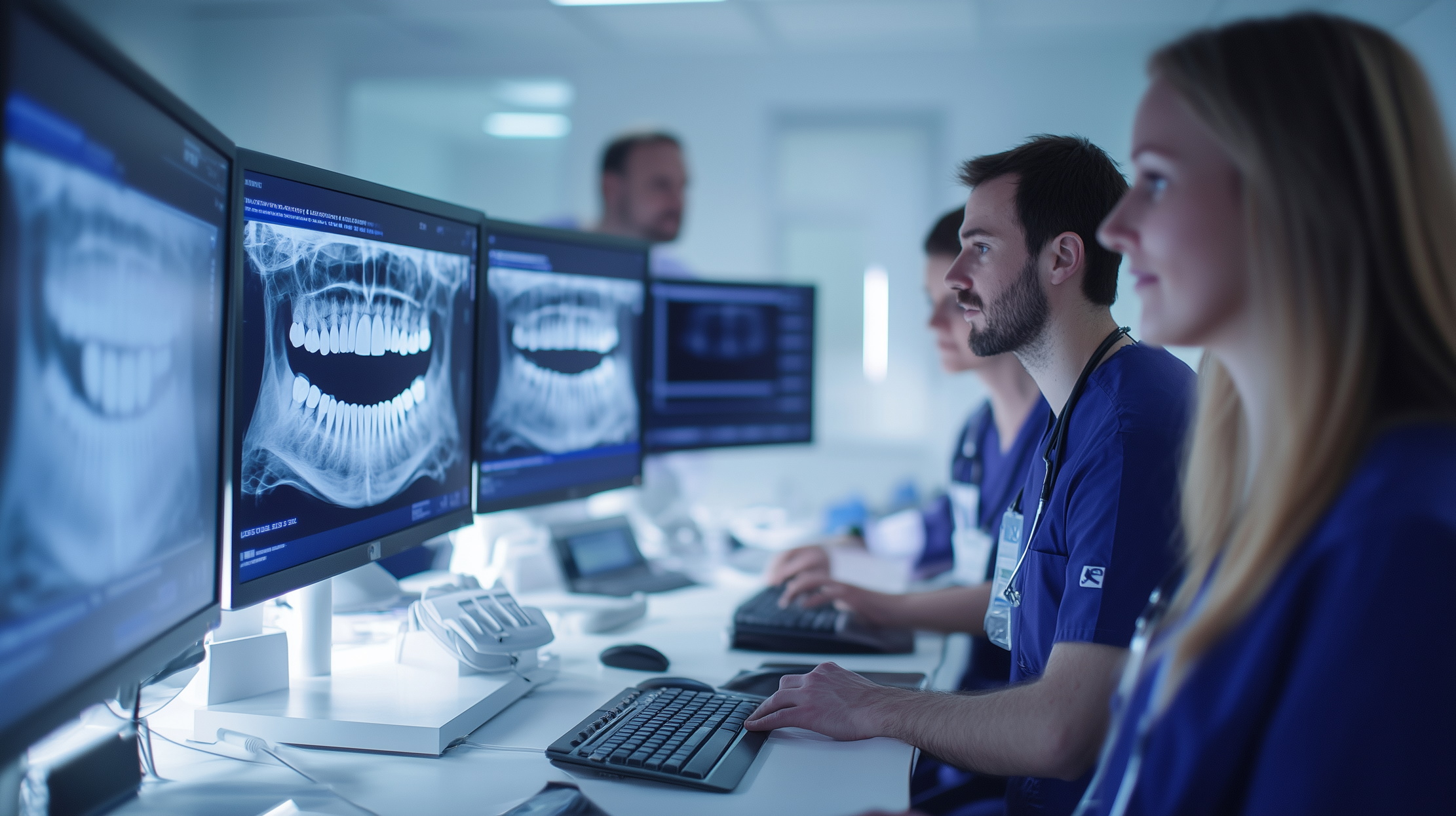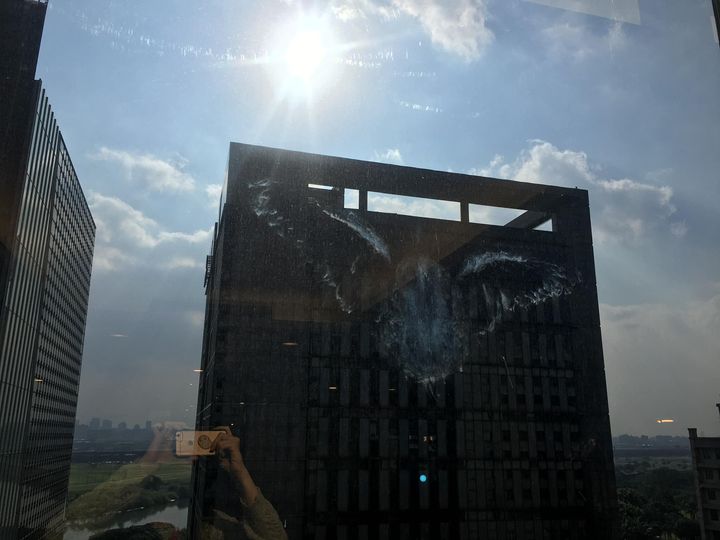Teaching Change Bioculturally Grounded, Place – Based Environmental Education In Hawaiʻi
Original Article Reference
https://doi.org/10.33548/SCIENTIA424
Share Episode
About this episode
With ongoing climate change, land use change, and changing disturbance regimes that negatively impact Earth’s ecosystems, it is critical that educators convey the importance of safeguarding the natural environment to younger generations to prepare them to face current and future environmental challenges. Teaching Change comprises a collection of innovative programs aimed at strengthening the relationship between youth and nature in Hawaiʻi while also inspiring Hawaii’s youth to become the next generation of natural resource scientists and managers. Teaching Change addresses this mission through immersive, place-based, outdoor Field Courses for local students, and Teacher Training Workshops for local teachers.
This work is licensed under a Creative Commons Attribution 4.0 International License. 
What does this mean?
Share: You can copy and redistribute the material in any medium or format
Adapt: You can change, and build upon the material for any purpose, even commercially.
Credit: You must give appropriate credit, provide a link to the license, and indicate if changes were made.
Related episodes
Dr. Bernhard Reinsberg – Dr. Christoph Valentin Steinert | How Human Rights Laws and Economic Competitiveness Can Co-Exist
Research from Dr. Bernhard Reinsberg at the University of Glasgow and Dr. Christoph Valentin Steinert at the University of Zurich reveals how France’s groundbreaking mandatory due diligence law defied business predictions of economic harm. Through analysis of 11,504 French companies over fifteen years, their study demonstrates that requiring firms to monitor human rights and environmental standards in their supply chains had no significant impact on profitability. Their findings challenge widespread industry claims that such regulations threaten competitiveness and provide crucial evidence for policymakers considering similar legislation worldwide.
Alexander Nielsen | The Unintended Impacts of Training Walls and Groynes
Training walls and entrance breakwaters have long been used to keep estuary entrances clear of shoals that threaten boat navigation and increase flood risks for nearby communities. But new research by Alexander Nielsen of Worley Consulting and coastal engineer Angus Gordon reveals that these structures may be causing long-term damage. Their study uncovers how engineered inlets are reshaping the flow of water through estuaries, disrupting wetland ecosystems and triggering costly maintenance challenges.
Dr. Shasha Cui | A Global Classroom for Dental Residents: How Virtual Education is Reshaping Dental Training Worldwide
When the COVID-19 pandemic arrived as an unexpected and unwelcome presence in our lives, it didn’t just disrupt our daily routines, it drastically changed how we learn, teach, and connect. For many healthcare professionals, including those in dentistry, this meant abandoning lecture halls and clinical classrooms for an unfamiliar and potentially daunting virtual teaching landscape. After all, no-one knew if this mandatory experiment in online teaching would work out. Yet from this unprecedented upheaval emerged an extraordinary opportunity to rethink how education is delivered globally, one that Dr. Shasha Cui of the Eastman Institute for Oral Health at the University of Rochester School of Medicine and Dentistry, and her colleagues, seized with insight, innovation, and a keen eye toward the future.
Chi-Heng Hsieh | Feathered Casualties and Digital Clues: How Citizen Science is Helping Save Birds from Deadly Collisions
By now, most of us are familiar with stories of wildlife interacting with the modern world, often with unfortunate consequences. Examples include urban foxes struck by vehicles, bears rummaging through trash, and sea turtles entangled in plastic. But there’s a quieter, often unseen danger that claims hundreds of millions of bird lives each year. This is the common window, a source of light for us, but potentially deadly for unsuspecting birds on the wing. Bird-window collisions (or BWCs for short) are a global phenomenon and a growing conservation concern. Birds in flight often fail to perceive clear or reflective glass as a barrier, leading to fatal crashes into windows, especially on modern buildings. Until recently, tracking the scope of this problem, especially in tropical and subtropical regions, has proven difficult. Traditional monitoring methods require trained observers, time-consuming surveys, and, critically, access to fresh bird carcasses, which can vanish quickly in warm, scavenger-rich environments. But in Taiwan, an innovative approach is offering new hope, and it’s coming from an unexpected place: social media.
Increase the impact of your research
• Good science communication encourages everyday people to be scientifically literate so that they can analyse the integrity and legitimacy of information.
• Good science communication encourages people into STEM-related fields of study and employment.
• Good public science communication fosters a community around research that includes both members of the public, policymakers and scientists.
• In a recent survey, 75% of people suggested they would prefer to listen to an interesting story than read it.

Step 1 Upload your science paper
Step 2 SciPod script written
Step 3 Voice audio recorded
Step 4 SciPod published




